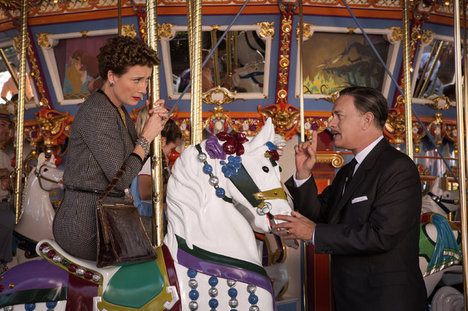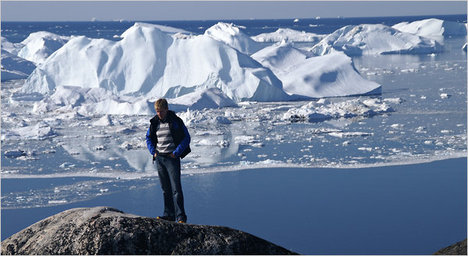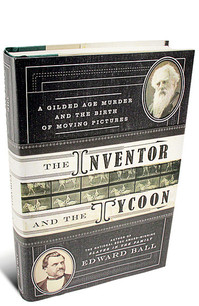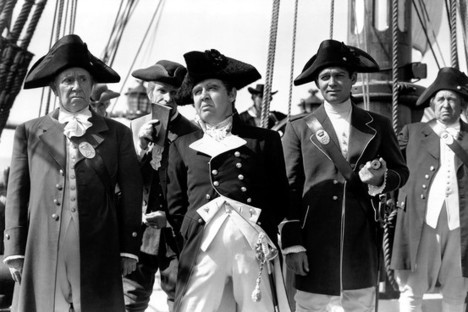(p. D5) A keen sense of loss permeates “Code Black,” an affecting love letter from a young doctor to his hospital. Over the years, plenty of similar romances have been immortalized in book form, but this may be the first to play out as a documentary, and is surely the first to emerge from our newly reformed health care climate. You’d think you’d be in for some celebration.
But not in the least. In fact, among all its familiar themes, the film’s most striking is the profound sense of estrangement between the young doctors on the screen and all the recent efforts at improving the health care system. The spirit that brought them to medicine and keeps them there, they say over and over, was never even part of the national discussion.
. . .
. . . , as their department chairman points out, the day of the cowboy doctor is over; the lone commando who answers to no one and breaks rules to save patients is no longer a viable job description. Newly smothered in paperwork and quality control, many of these young doctors grieve for a self-image that has ridden off into the sunset.
For the full review, see:
ABIGAIL ZUGER, M.D.. “Saving Lives and Pushing Paper.” The New York Times (Tues., July 1, 2014): D5.
(Note: ellipses added.)
(Note: the online version of the review has the date JUNE 30, 2014.)








